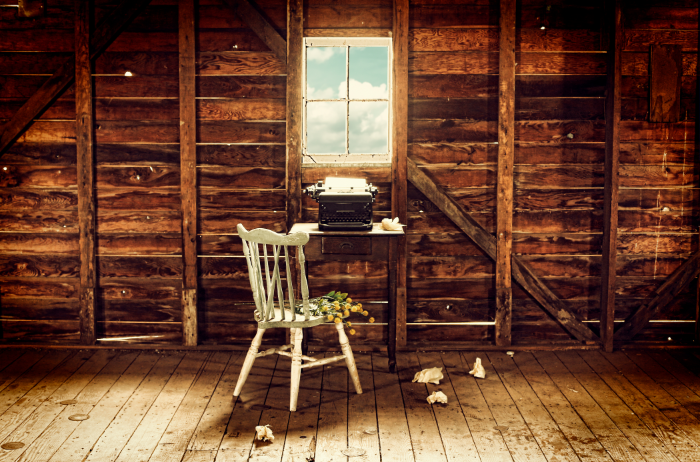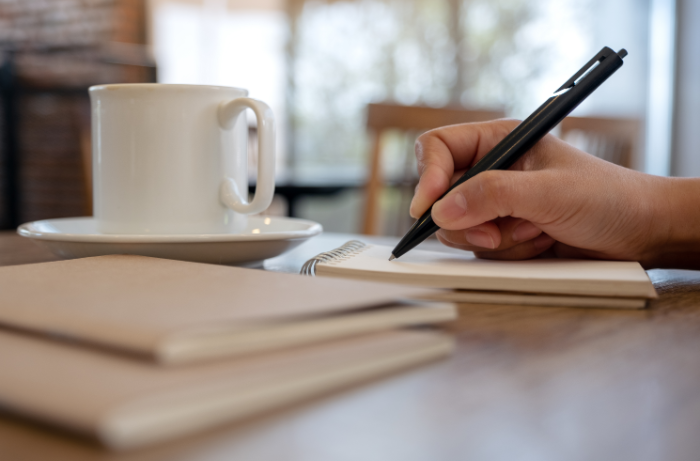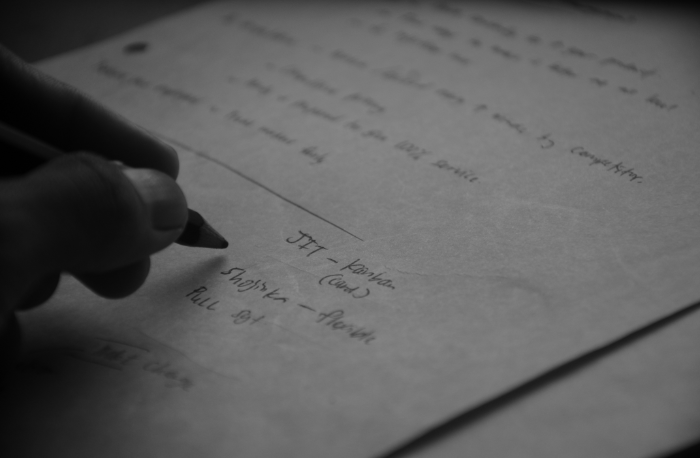Initially, I believed the world could be precisely packaged into absolutes: black and white, right and wrong, known and unknown. In pharmacy school, with several classes in chemistry, life sciences, and mathematics, precision and analysis ruled. As a pharmacist, I calculated, verified, and made repeatable doses. It was a life of facts, formulas, and certainties, all shaped by years of STEM education.
And yet, somewhere along the way, something within me stirred. I think my fifth-grade teacher knew. I was going to a summer enrichment course after my fifth-grade year. We had choices, and I chose a biology science course. I could have chosen a reading and creative writing course, which Mr. Ellingson, my fifth-grade teacher, recommended and even told my parents to attempt to persuade me in that direction. But I attended the biology course.
A creative side existed that I long ignored—perhaps resisted and repressed—and began to wake up. The shift wasn’t abrupt; it was a quiet transformation, like light seeping into a room through a crack in the blinds.
The Structure of Science and the Awakening of Art
In science, everything is driven by logic. I relied on evidence-based approaches, protocols, and clarity as a pharmacist. Science was a reliable framework: It explained how and sometimes even why. Seldom, if ever, did it venture into the emotional, abstract, or beautifully uncertain.
For a while, I found comfort in the world’s precision. Yet something about it felt incomplete. I began to feel like my analytical mind was a gatekeeper, keeping me from exploring a messier, more colorful side of life. The arts—writing, storytelling, and creativity—invited me to step outside the black-and-white boundaries and embrace the gray.
Letting Creativity In
I began writing when professors and managers requested help with some writing. I saw it as a tentative experiment. I helped college professors write some of their grants. I was asked to write book reviews and product descriptions for catalogs and brochures. But all of this felt foreign. After all, I spent years training my brain to solve problems, analyze data, and dismiss ambiguity. Creativity, in contrast, was unpredictable. Writing asked me to wander, to question, to imagine. It was no longer about calculating the “right” answer—it was about exploring possibilities.
Writing allowed me to examine life not as a set of equations but as a gallery of human experiences. I no longer needed to explain or define everything. Instead, I could observe, feel, and create. Words became my palette. Stories became my way of organizing the world’s chaos—like science once had.
The Tug-of-War between Logic and Art
At first, I struggled. Could I genuinely leave behind a world of facts to enter one of fluid creativity? Would others take me seriously as a writer, given my scientific background? Was I abandoning and betraying my logical self?
But then I had an epiphany. Science and art are not opposites—they are complements. Science gave me discipline, attention to detail, and the ability to think critically. Art gave me freedom, imagination, and the courage to embrace uncertainty.
Amazingly, it wasn’t that I left my analytical side behind. I expanded it. Creativity didn’t erase my scientific past—it enriched it.
The Transformation: From Pharmacist to Writer
As a writer, I enjoy creating stories, composing essays, crafting ideas, and connecting with others through words. The pharmacist in me still exists—I remain methodical and curious—but the creative side now leads the way. Writing has shown me that while science strives to explain the world, art invites us to experience it.
The need for certainty no longer binds me. Where I once sought answers, I now find beauty in questions. Where I once saw only black and white, I now see an infinite spectrum of color.
The Lesson: It’s Never Too Late to Change
My journey from pharmacist to writer has taught me that we are not static beings. We are allowed to evolve, grow, and embrace parts of ourselves we once ignored. For anyone feeling trapped in a single role or identity, let this be a reminder: creativity is not the enemy of logic—it’s its partner.
Whether you come from a scientific, technical, or analytical background, know this: creativity is not beyond your reach. It’s already inside of you, waiting for its moment to shine.
A New Chapter
Today, I write because it feels authentic, because stories matter, and because creativity continues to give me something science alone could not: a deeper, more personal understanding of the world.
Perhaps you, too, have a creative side waiting to wake up. Possibly, there’s a story, a song, a painting, or an idea to emerge. If my journey has taught me anything, stepping into the unknown can lead you somewhere extraordinary.
The analytical side of me still asks questions, but the creative side reminds me that it’s okay if some questions go unanswered.


































































